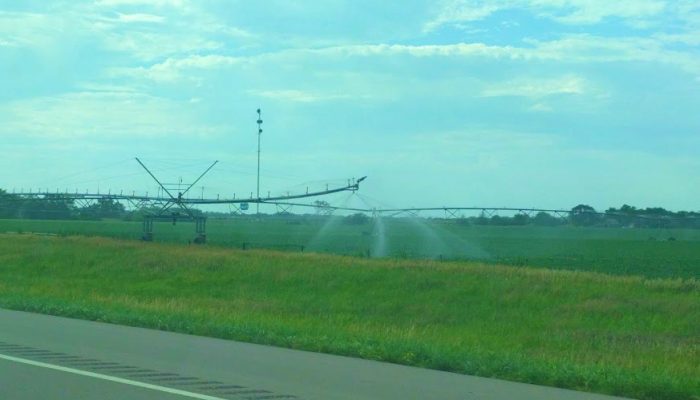
Authored by: Sam Zipper – Postdoctoral Researcher in the Department of Civil & Environmental Engineering at the University of Wisconsin-Madison
In late July, my wife and I loaded the dog into the car, cranked up the water-related tunes, and drove over a few million cubic meters of water. No, we haven’t traded in our sedan for an amphibious vehicle – rather, we were driving west, across Nebraska, on the Interstate 80 highway. While this may be a relatively boring road trip by conventional standards, it does provide an opportunity to drive across the famous Ogallala Aquifer, a part of the High Plains Aquifer system.
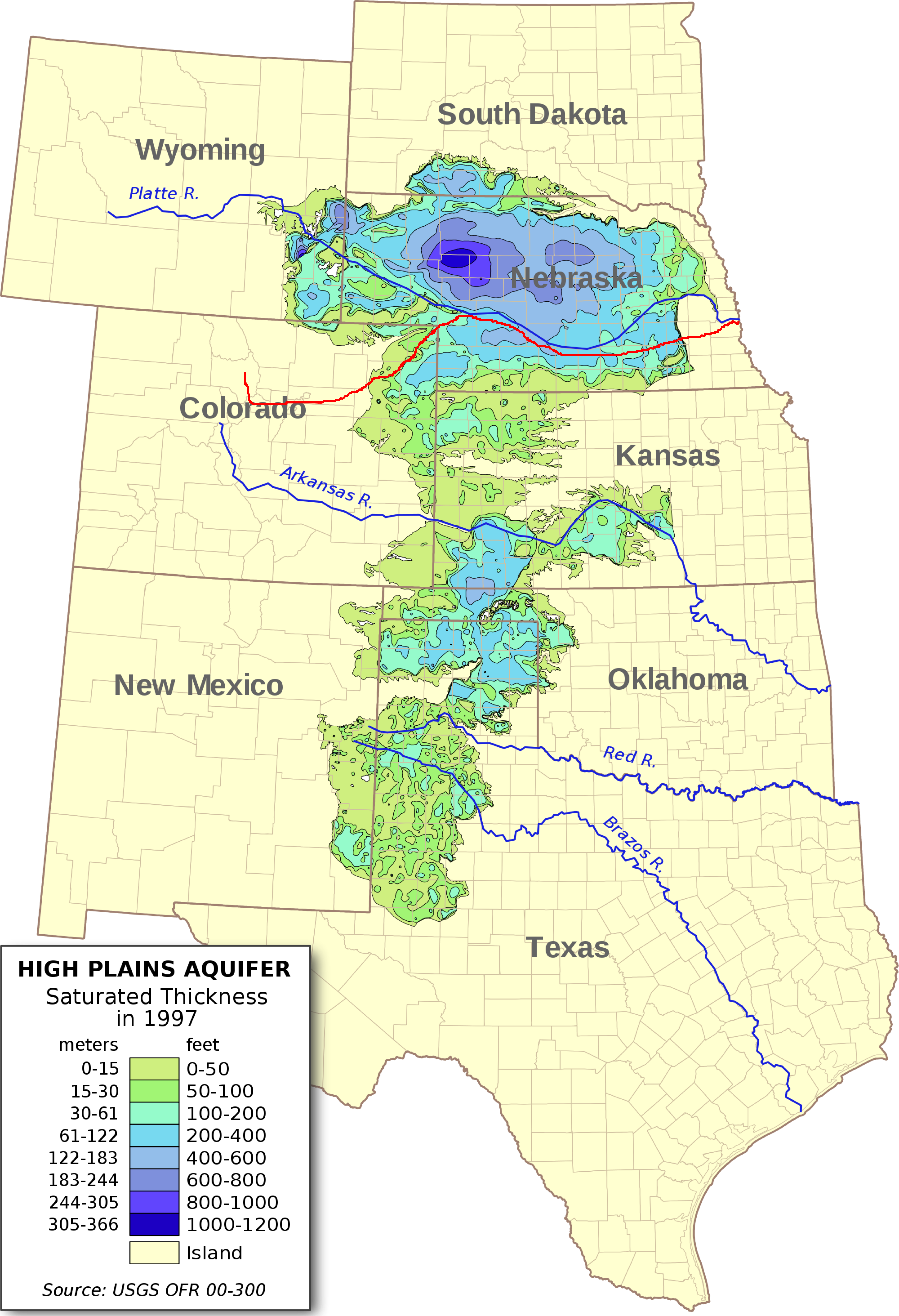
The wide reaching Ogallala Aquifer 1. The red line shows Interstate 80’s route.
While the geological history of the Ogallala is described in more detail elsewhere; the short version is that sediment, eroded off the Rocky Mountains over many millions of years, filled in ancient river channels, eventually creating the flat plains that characterize much of Nebraska today. Despite the flat landscape, however, the sights you’ll see along I-80 exist in their present form almost entirely due to this vast underground supply of water.
Irrigation
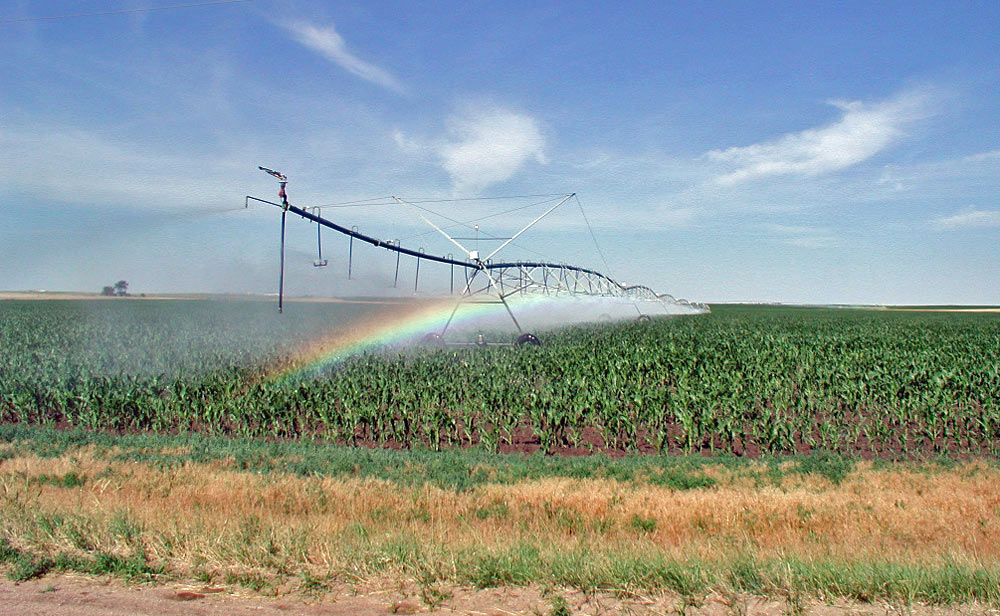
A center-pivot irrigation sprinkler. A common sight over the Ogallala 2.
It’s estimated that upwards of 90% of the water withdrawn from the Ogallala is used for agricultural irrigation. Driving through western Nebraska, 90% seems like an underestimate. Center-pivot systems stretch away from the interstate as far as the eye can see, and it’s hard to imagine what this landscape would look like without the water from the Ogallala. While groundwater levels have declined in the most heavily irrigated parts of Nebraska compared to predevelopment conditions, they’ve fortunately stabilized over the past ~30 years; the most serious drawdowns are occurring further south, in Western Kansas, Oklahoma, and the Texas Panhandle.
The Mighty Platte
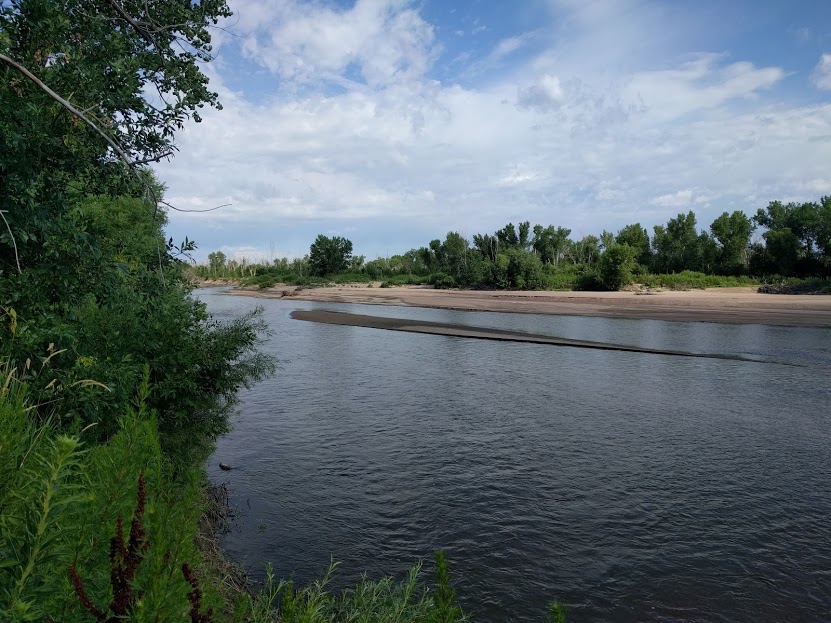
The mighty Platte River. Photo by Sam Zipper.
The Platte River stretches from the Rockies to its confluence with the Missouri River in eastern Nebraska, and I-80 follows the Platte through most of Nebraska. Along the way, the Platte is receiving water from surrounding groundwater systems. This process of groundwater discharge to streams (often called baseflow), is particularly important for sustaining flow in the river during dry periods, along with the ecosystems, agriculture, and municipalities that depend on this water supply. For a more beautiful look at the Platte than my cell phone camera offers, check out the Platte Basin Timelapse project, which uses photography to explore the movement of water through the basin.
The Namesake
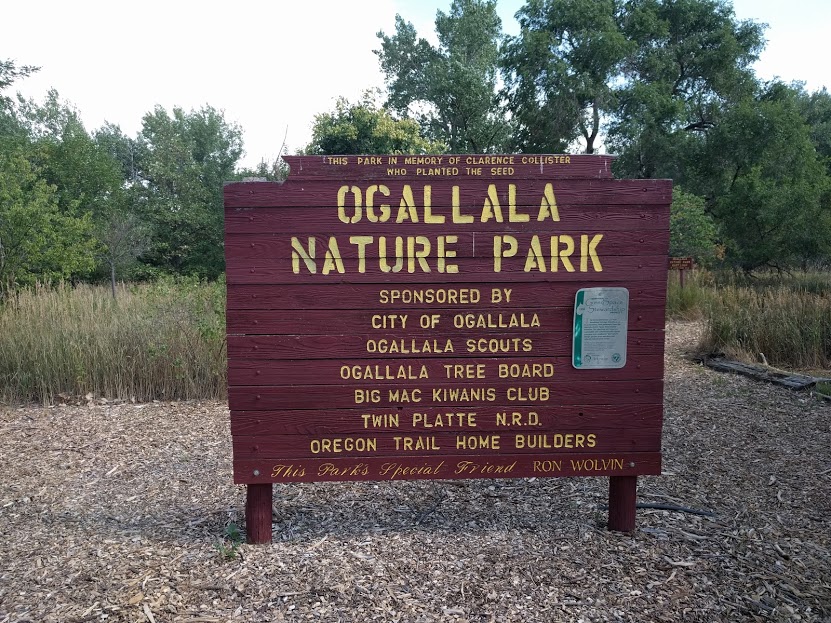
Ogallala Nature Park welcome sign. Photo by Sam Zipper.
The Ogallala is named after Ogallala, NE, a tiny town about a half hour’s drive from the Colorado border. The aquifer is named after Ogallala because that’s where the geologic “type locality” is – a fancy way of saying, they found the Ogallala formation here first. While we didn’t venture into the town of Ogallala itself, we did stop at the lovely Ogallala Nature Park just off the interstate for a stroll among the phreatophytic vegetation lining the banks of the Platte. Phreatophytes, such as the cottonwoods common to Nebraska, have evolved to have special roots which can extract water directly from groundwater when soil moisture supplies are low, thus allowing them to survive in the sandy, well-drained banks of the Platte.
Do you have any hydrogeologic highlights we should investigate on our drive back to Madison? Let me know via the comments below!
Picture Sources
2 http://water.usgs.gov/edu/pictures/full-size/irrigation-sprinkler-large.jpg
About the author:
Sam Zipper‘s research interests lie broadly at the intersection of humans and the environment, focusing on feedbacks between subsurface hydrology, vegetation dynamics, soil water retention characteristics, and climate & land use change that cut across the disciplines of hydrology and hydrogeology, soil science, agronomy, and ecology. He is an ecohydrologist at the University of Wisconsin-Madison.
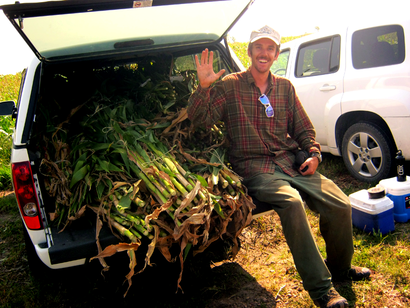

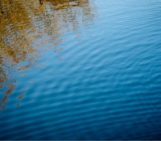
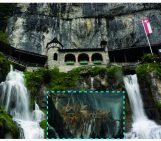


Pingback: Water Underground | Groundwater and granny gears: Hydrogeological tourism on wheels!